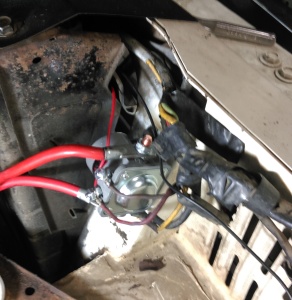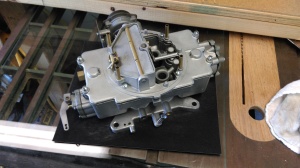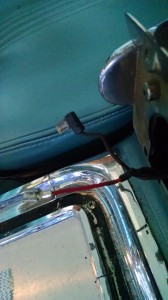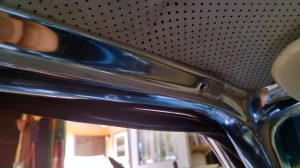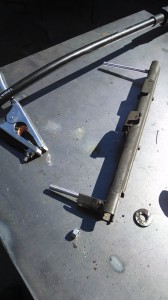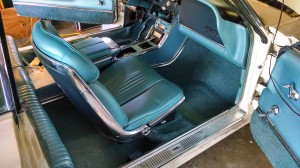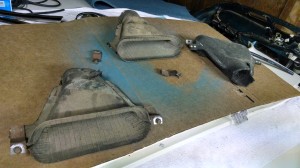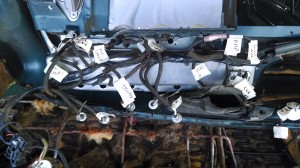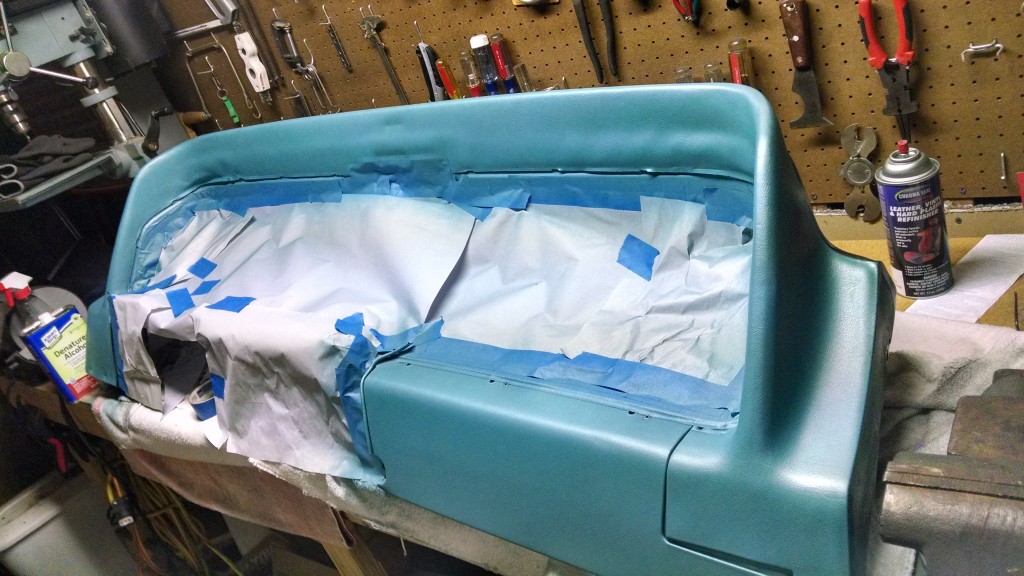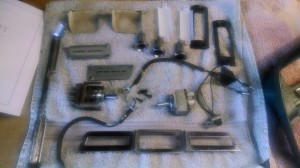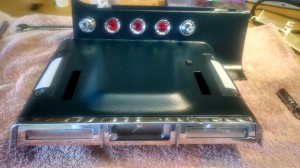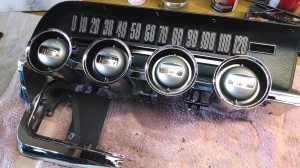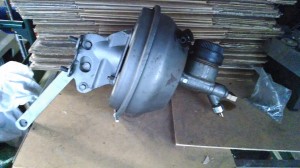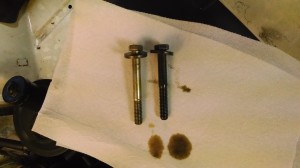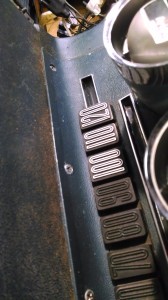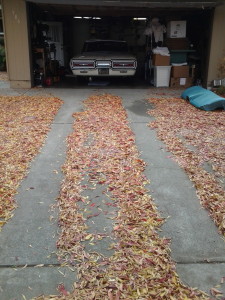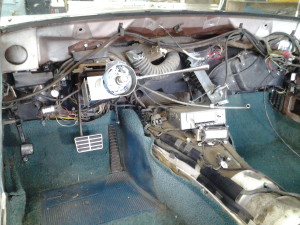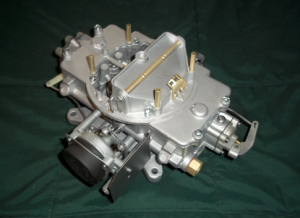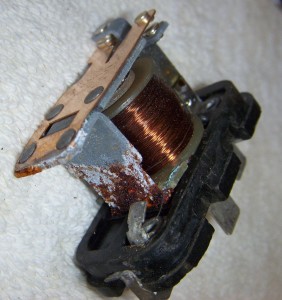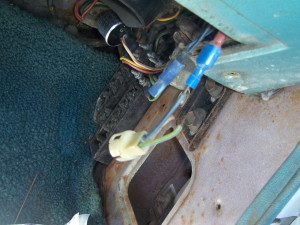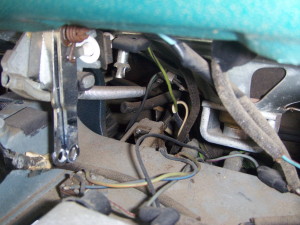I hopped in the ‘Bird a couple of weeks back for a routine trip—the store, maybe, or perhaps out to a restaurant. I left in daylight, returning after dark. All was well on the way out, but coming back, the instrument panel lights failed to come on when I turned on the headlamps.
I see this problem all the time on T-Bird forums, and the suggested fixes always center on the light switch, grounds or aging wires. I did the usual thing—twist the light switch, turn it on an off a few times, swear under my breath. No dice. They were off and staying off.
For the driving I do, mostly close to home, it’s annoying, but there’s not a lot of need to see the gauge. It is, though, difficult to to know if I’ve hit the right gear in the dark. I drove it for a while in this condition, frequently at night, surprising myself a bit each time I turned the lights on: “Oh yeah, gotta fix that.”
It’s a simple circuit: power to the switch (which is relatively new), through a variable resistor, then the fuse, then the bulbs, finally to ground.
I pulled the switch earlier this week and hooked it to an ohm meter. It worked perfectly, reading from no (or hardly any resistance) to 100%. Reinstalled it, turned it on. I was working in full sunlight, so hard to tell, but it appeared that the lights were still out.
I ran a ground wire to the negative battery terminal. (Taking a few minutes to clean up corrosion on the positive side. Wow, that stuff develops fast.)I found a blown fuse and thought “Aha!” but it was for the back-up lamps. I replaced it, for what it’s worth, and put that circuit on the “projects for another day” list. I checked for power at the correct fuse with a test lamp, and it also tested fine. It even dimmed properly when the light switch was turned.
Well, with power at the fuse, the lights should work! I put the car in the garage, pulled the switch, and sure enough, they did. At least for now. All I can figure is maybe there was a loose connection at the switch; pulling it and plugging it back in perhaps got things connected again.
Now, about those back-up lamps . . .

